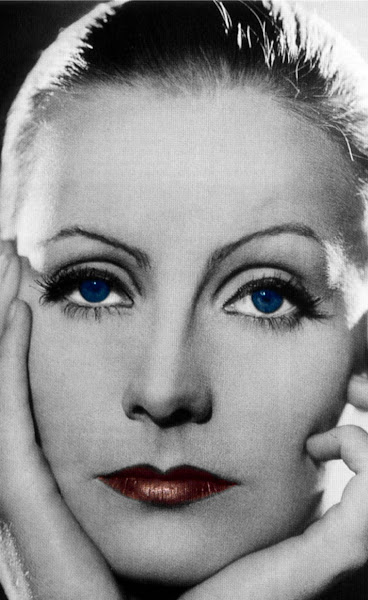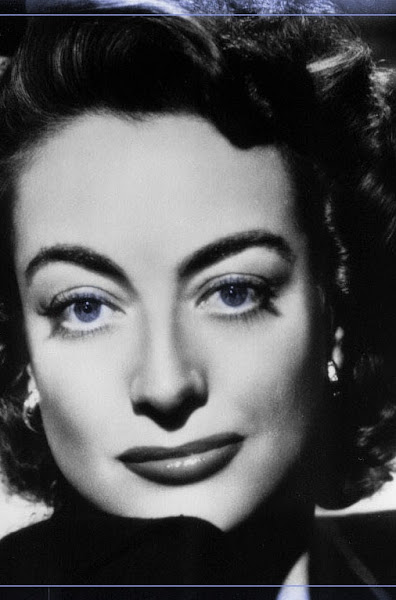 **** out of ****
**** out of ****
"La Règle du Jeu (The Rules of the Game)" was hardly what I expected—I was already aware that it was held in high regard by filmmakers and critics across the world, usually a close second to Welles’ 1941 masterpiece Citizen Kane in polls (Sight & Sound), but I had a different expectation for what the film would be like. My experience would have led me to anticipate "La Règle" as a self-important and cinematically brilliant, but unfortunately boring and distant film, but a pleasant surprise welcomed me when I watched the film for the first time. The film itself is actually arresting, engaging, playful, and poetic. Director Renoir truly crafts a masterpiece with this stunning film.
In "La Règle du Jeu," the aviator André Jurieu (Roland Toutain) lands in France, having made a transatlantic flight in the name of the woman he loves. He is dismayed when he learns that she, Christine (Nora Grégor), has skipped out on the historic event, and he tries to commit suicide later while driving in the countryside with his unwitting friend, Octave (Renoir himself), also in the car. To please his depressed friend, Octave convinces Christine and her husband, Le Marquis (Marcel Dalio), to invite them to a hunting party at their home so André can see her again. The party at the exquisite home that day continues to sour with the revelation of the interconnected series of affairs occurring between the people in attendance at the party, and the upper class level of refinement descends to violence, which leads all the way up to the film’s tragic, troubling, and surprising ending.
When Renoir’s opening title card attempted to convince me that the film was no kind of social criticism, I was immediately suspicious. Any kind of book or film that tries to emphasize such a notion (L. Frank Baum’s "The Wonderful Wizard of Oz," for example) can easily be lying to the reader/viewer, and according to Jean Renoir himself, he is doing just that. He once explained in his biography, "Ma Vie et Mes Films (My Life and My Films)": "At the beginning, I didn't want to present the public with an avant-garde work, just a good, normal film. People came to the movies thinking they were going to be able to leave their worries behind. Instead I plunged them into their own problems."
Therefore, one of the first titles that proclaims the film’s innocence in storytelling was actually as false as I had presumed. In the course of the film’s narrative, this becomes easy to recognize, as cinematic elements demand the interpretation of the faults of French high society on the brink of World War II.
Clearly, France’s high society plays by a strict code of “rules of the game,” and it becomes important to the film's characters in the way they chase each other in encounters of love and lust. Almost every character is married or connected to another character, but the thrust of the story lies in the way those same characters are after a different character, culminating in a huge web of interconnecting relationships. Renoir clearly underlines the hypocrisy of the elite when Robert points out the shame of cheating on a significant other to Schumacher, who is quite likely one of the film’s least deplorable characters.
A visiting film professor a few years ago referenced this film in her lecture and noted the importance of watching what occurs in the background of any given scene. I took heed of her advice and carefully scanned each scene for clues and was thus rewarded for my observations. Mirrors appear infrequently, but when they do, they are crucial to a scene. For example, in one scene, a mirror portrays the easily associable concept of vanity, but in another, the “Danse macabre” scene, a subtle mirror in the background reflects “death” upon the entirety of the people in the room—the entirety of high society.
Another example of the traits of high society can be interpreted through the comparison of old versus new. Early in the film, radios and airplanes contribute to the film’s modernism. On the other hand, Robert’s collection of antique musical dolls signals something older and outdated. In this way, Robert, a representative of the elite, whose collection’s mechanical meaning can be extrapolated to himself and his culture, is also becoming outdated. In fact, the final words of the film predict this change, as someone insightfully points out, “His race is dying out,” speaking of The Marquis. As the party reenters the castle, the camera is in a long shot, showing only the shadows of the guests on the far castle wall as they “march” off-screen. These shadows can be tied back to the “Danse macabre” and the death symbolized through it—on the eve of World War II, the French high society is going to its (metaphorical) death.
Therefore, Renoir anticipates the coming of a new social order. In this way, "La Règle" was certainly before its time (as was "Kane") and will securely maintain its position as one of the best films of all-time. Going back to my initial conception of the film, I was wrong in every way—this film presents a fluid, riveting narrative while also being on the cinematic cutting edge. What an achievement for its time.
October 1, 2008
La Règle du Jeu (The Rules of the Game)
Subscribe to:
Post Comments (Atom)

.jpg)

.jpg)
.jpg)

No comments:
Post a Comment